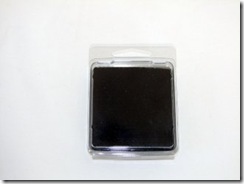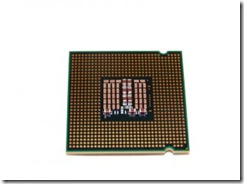Introduction:
The 45nm chips have been out for some time now. The dual core E8400 and E8500 are proven performers, many reaching insane speeds. The problem has been that the only 45nm Yorkfield processors out have been the "Extreme" line-up, specifically the QX9650 and now QX9770 models. While the performance of the Extreme line-up has been well documented but the consumer looking for a non "Extreme" quad core CPU has been left out in the cold...until now. The regular quad core 45nm parts, Q9300, Q9450, and Q9550 are in e-tailors' hands for shipment (If you can find them in stock), so it was high time that a performance testing was in order. With all of the latest games becoming more and more CPU intensive, multiple core CPUs will start to become more advantageous during gameplay, not to mention the benefits during video encoding and workstation productivity.
So what does the Intel Core 2 Quad 9450 offer over its 65nm predecessors to make it an attractive buy? First, there is the additional L2 cache, three megabytes per core versus two per core, a higher bus speed (333MHz vs. 266MHz), higher clockspeed of 2.66GHz instead of the 2.4GHz on the Q6600 that we have grown so fond of. The 45nm manufacturing process has reduced the die size, and hence the power requirements needed to operate. This of course brings the benefit of reduced energy consumption and a lower thermal signature. But hey, this is Overclockerclub, we're not worried about that, so let's get on to seeing just how far the Q9450 can be pushed since that's what really matters. Let's see if the quad core Q9450 can duplicate the results of its dual core cousins.
Closer Look:
The Q9450 is an OEM version and is sent in a standard plastic shell. The foam block securely holds the processor in place during shipment. As an OEM processor, there is no heatsink shipped with it, so an aftermarket cooling solution will be required.
The Q9450 is a socket 775 processor sporting a 1333MHz bus speed. As an enthusiast, one of the things that is of interest to me is the headroom over the stock speeds. Many times production codes are looked at and compared to find the best production run. With a new series of processors, that bank of information is not yet available to compare the performance differences between the "steppings." With that in mind, there is always the luck of the draw and the hope that the chip is a good one.














0 Comment
Post a Comment